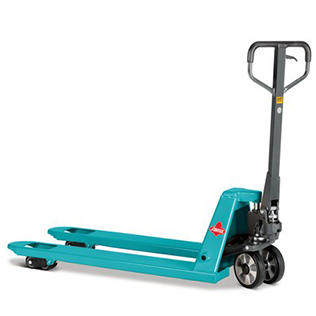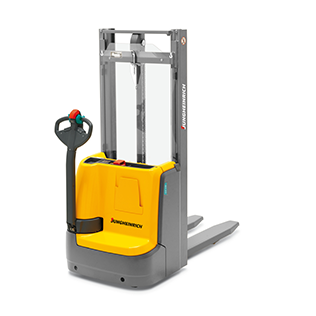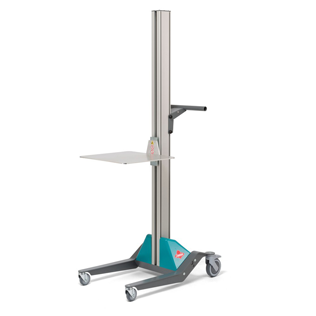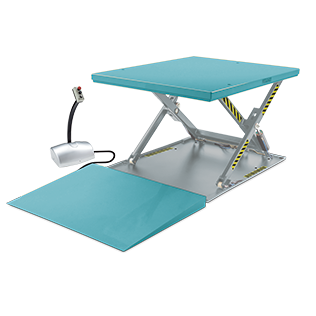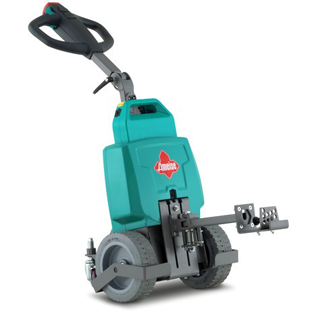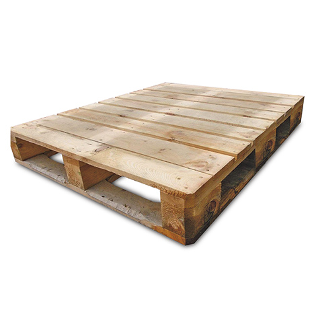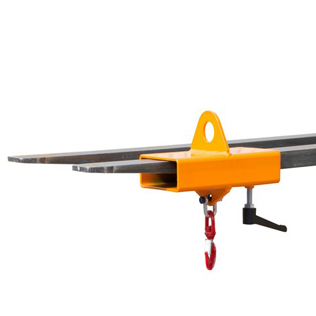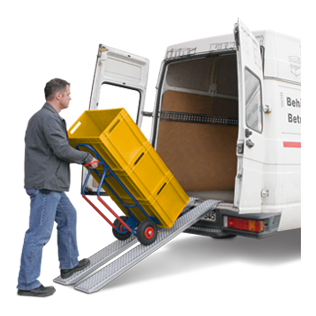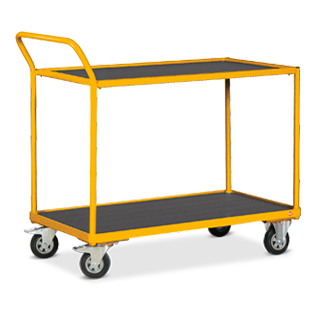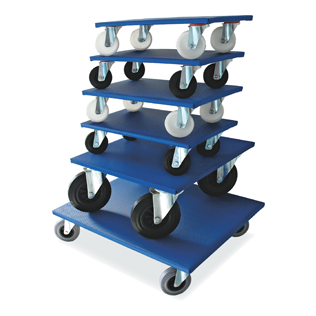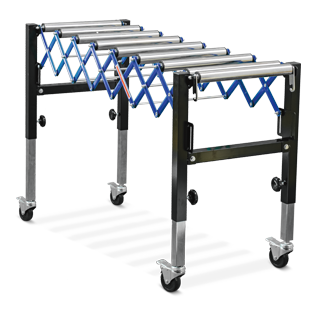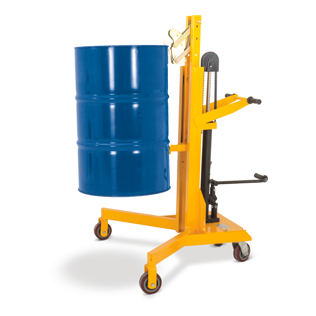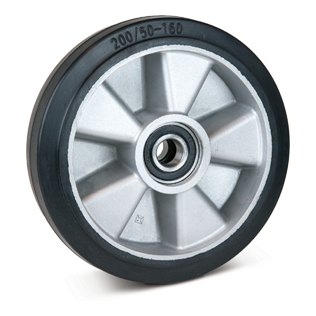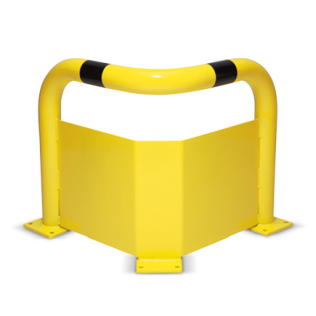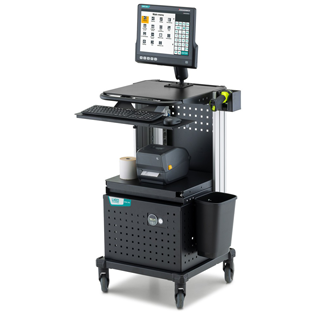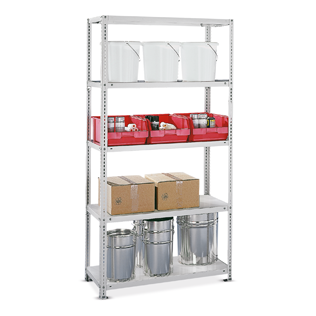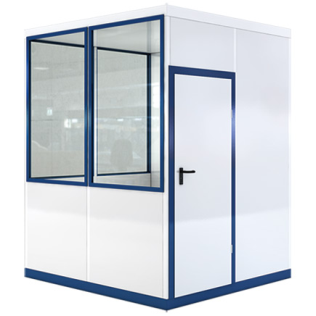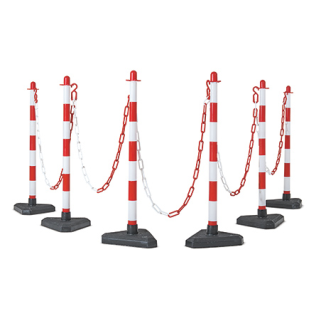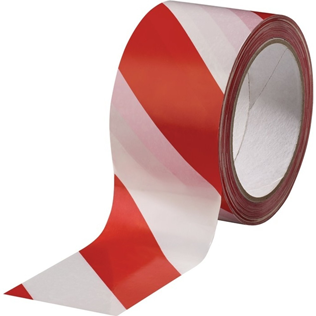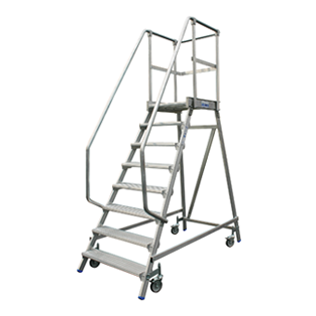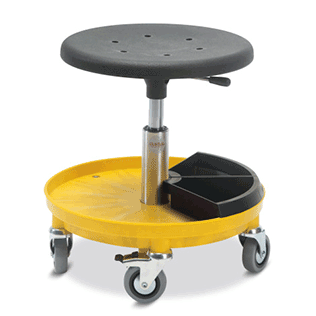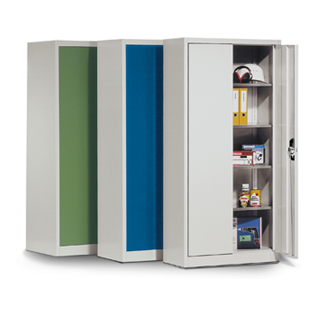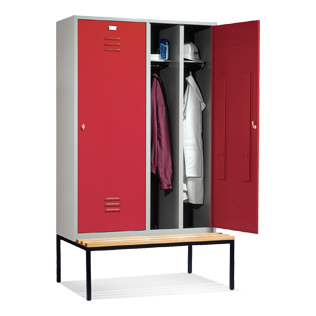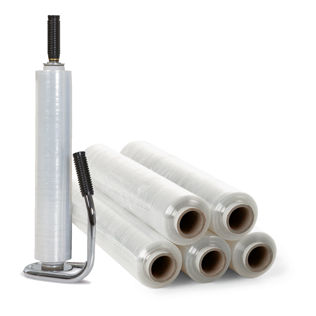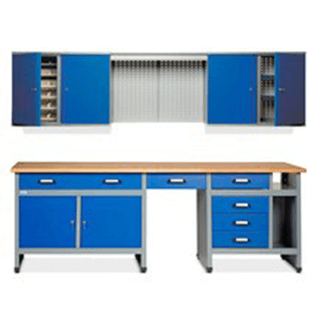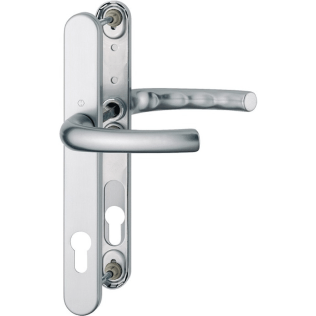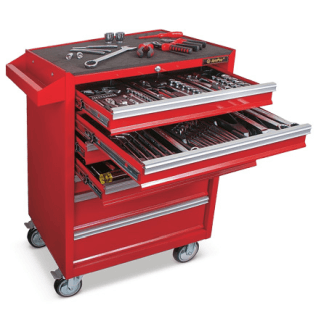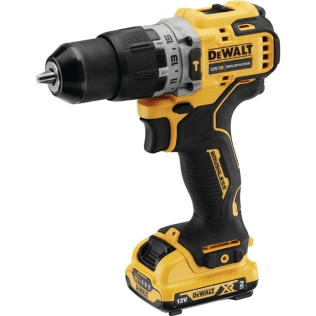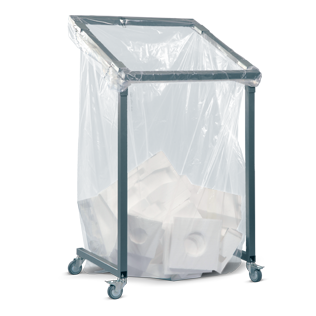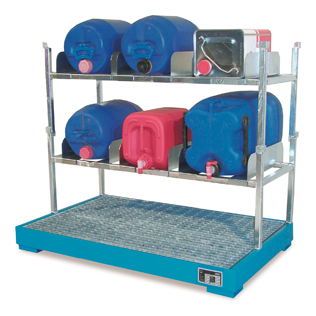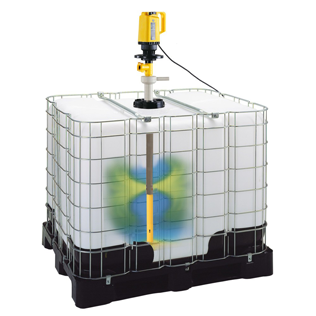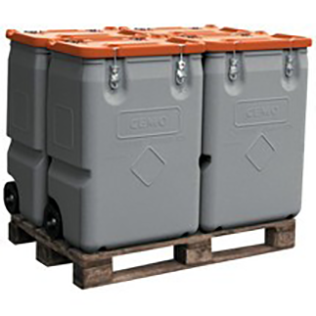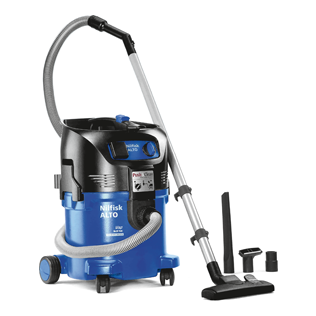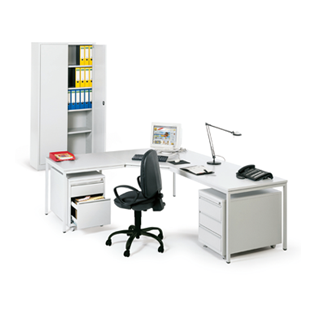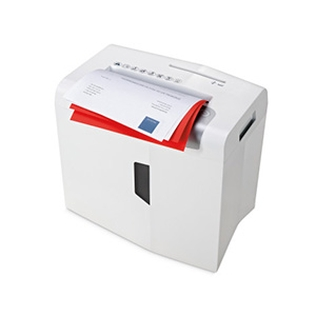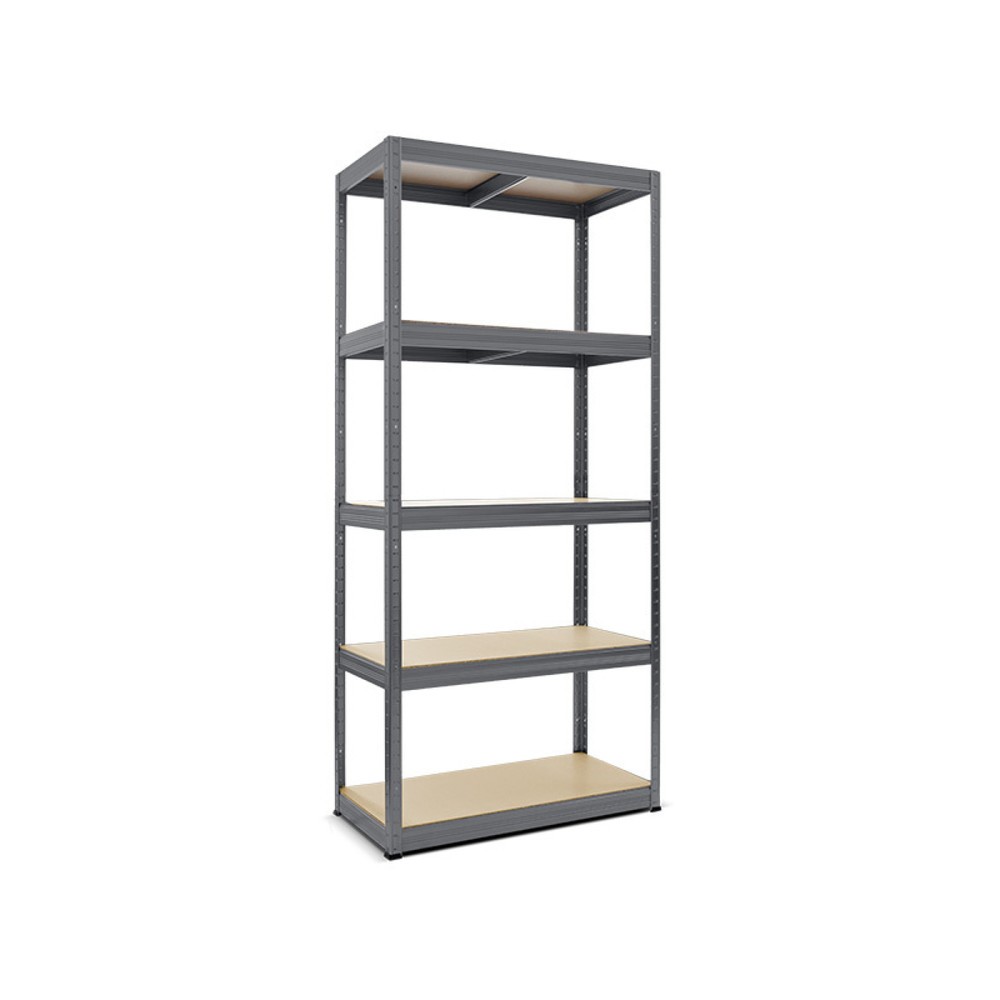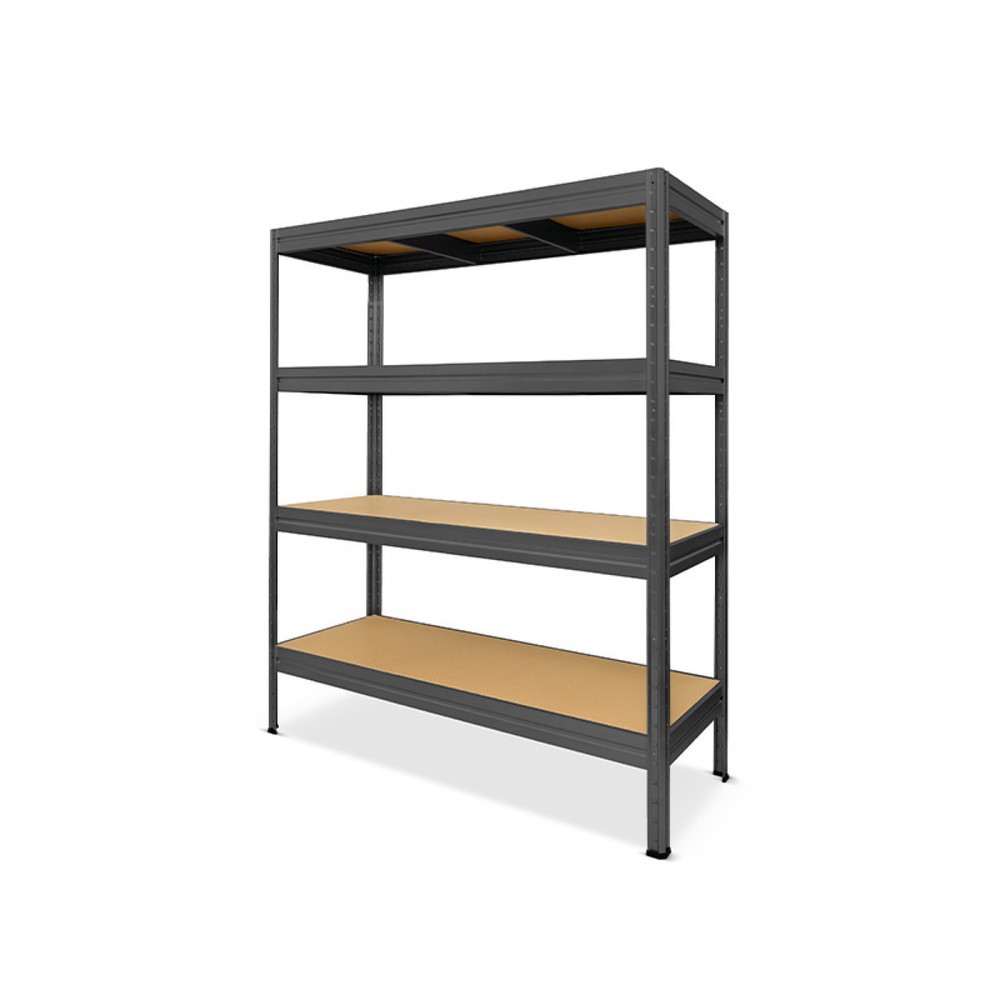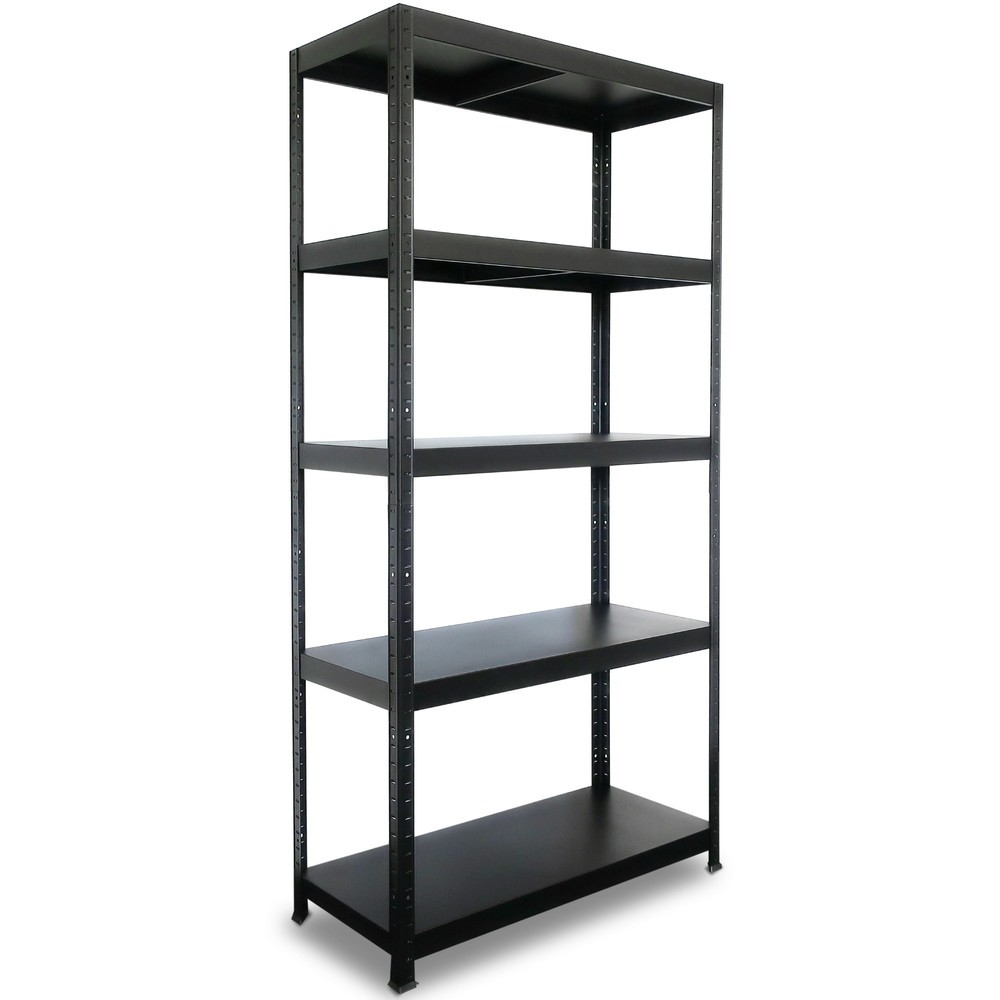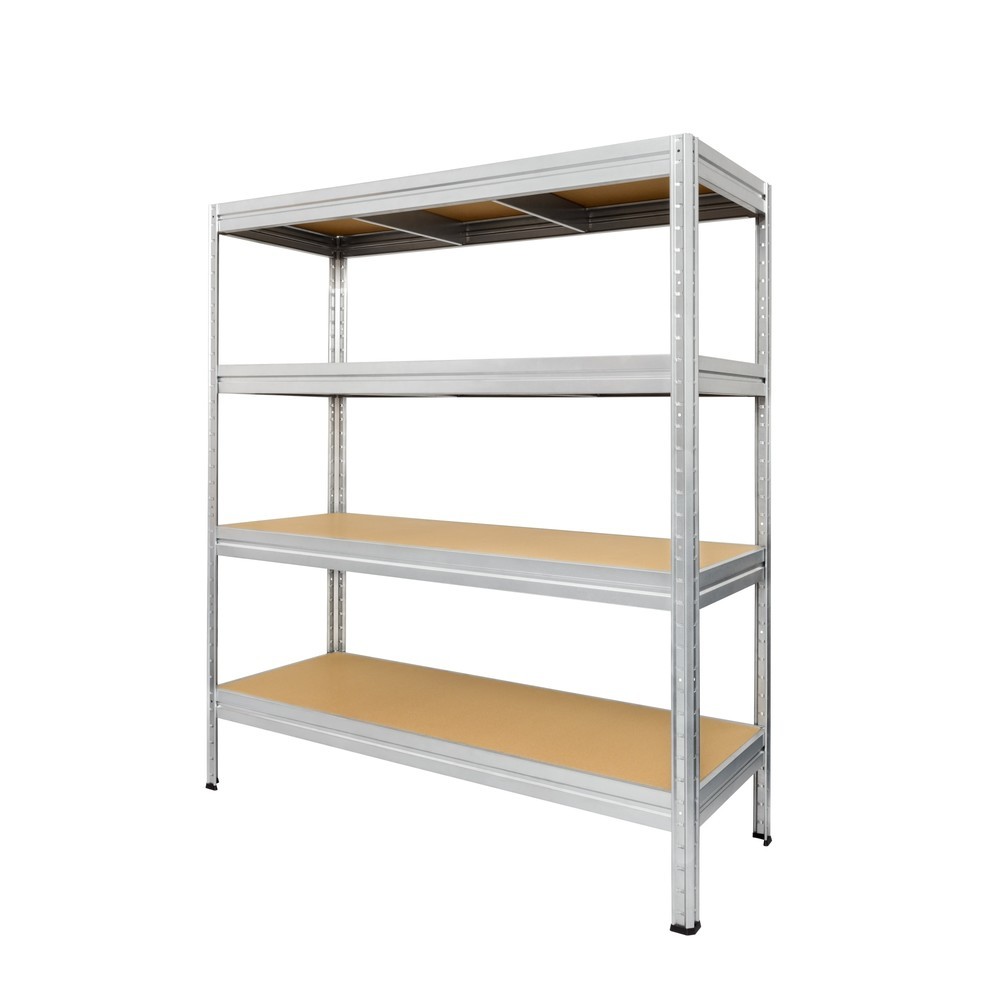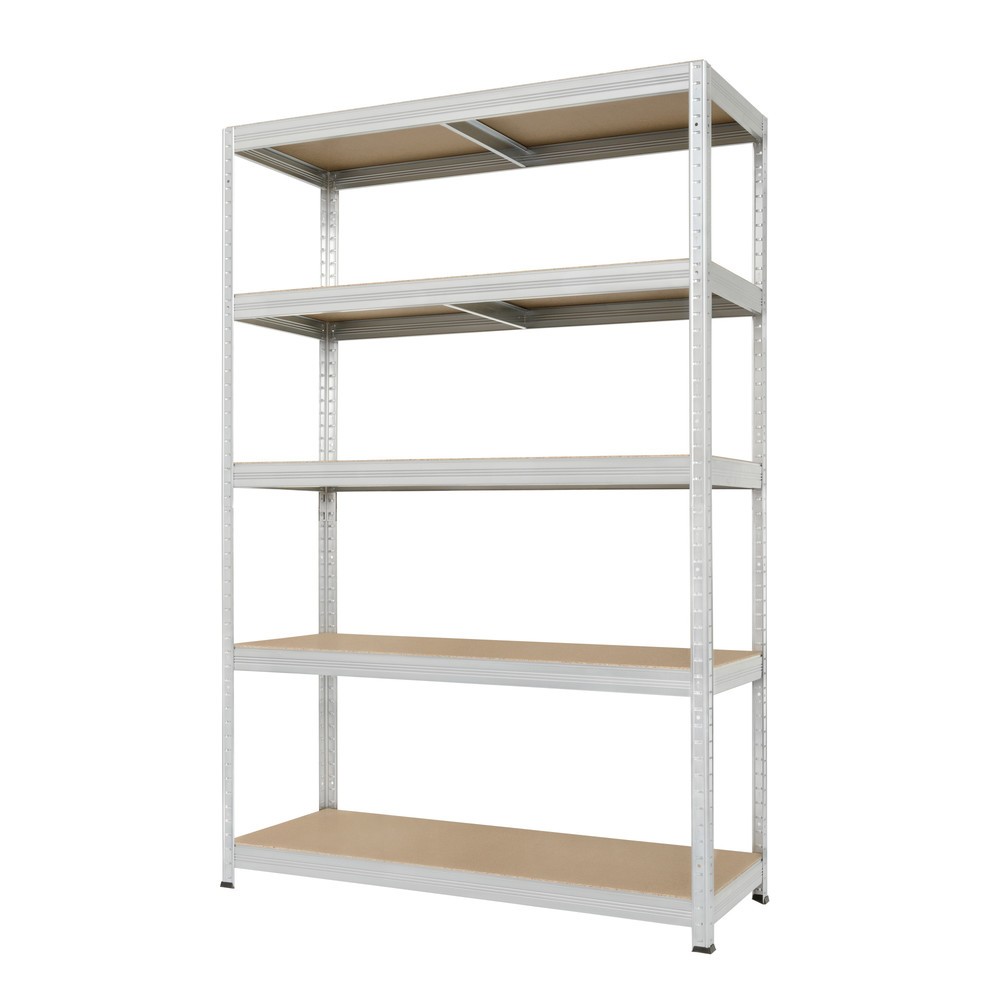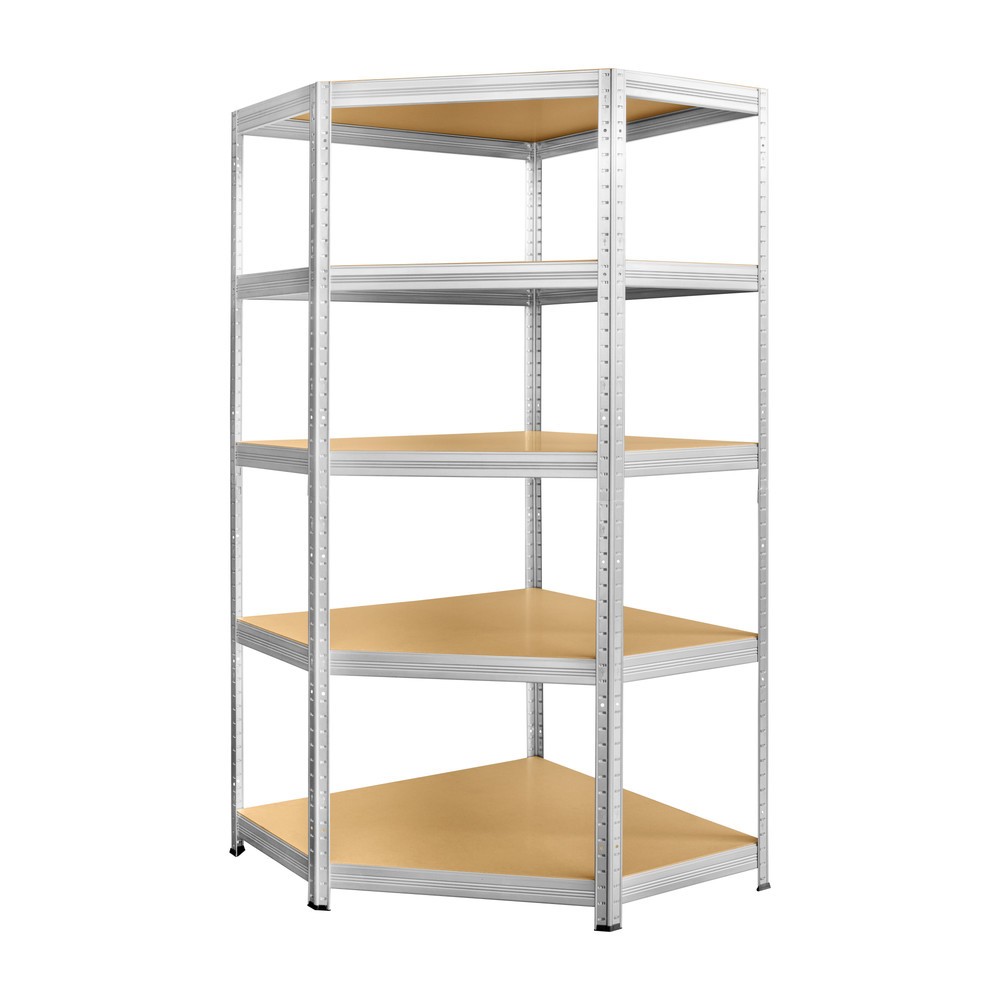Shelf racks for industry, warehouses, and workshops
Warehouse racking is ideal for storing small and medium-sized stored goods. Expandable storage racks can be individually adapted and offer versatile storage solutions. With our buying guide, you can find the right shelving unit for your needs. Keep reading to find out more.
1. What are shelf racks and what advantages do they offer?
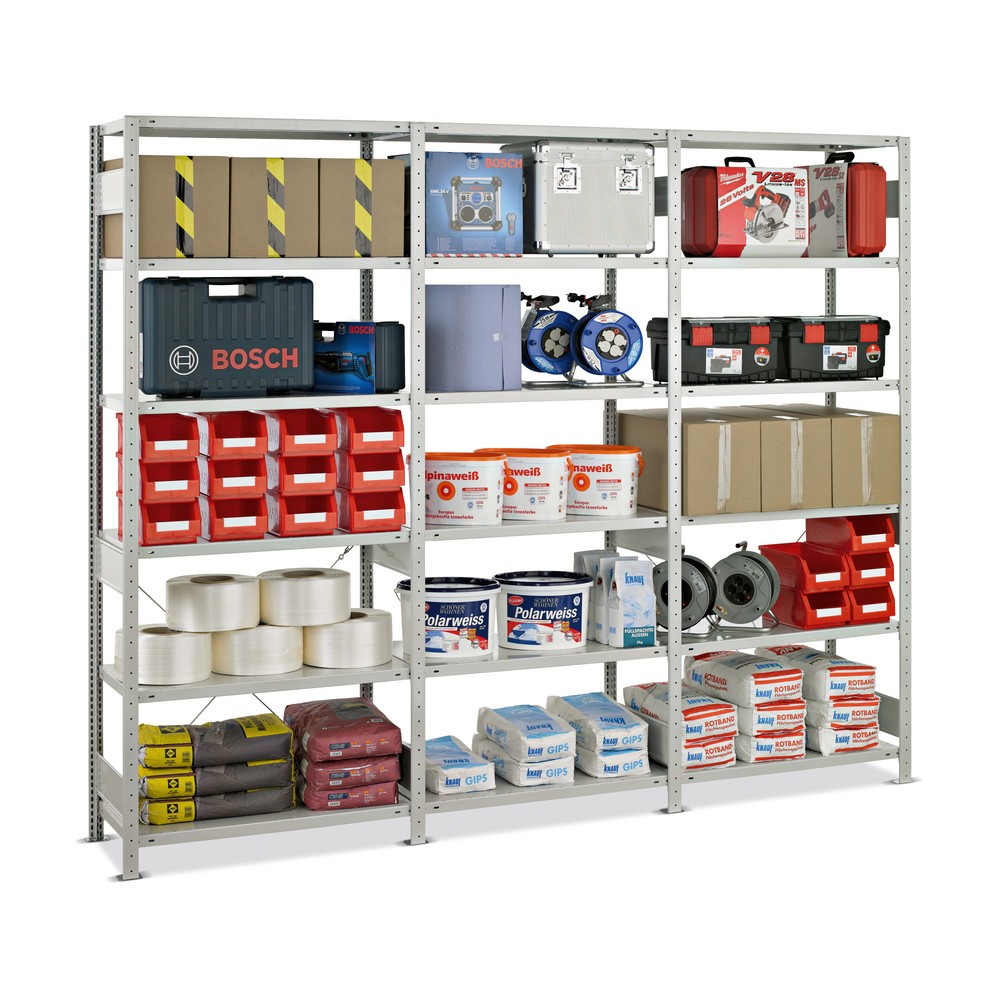
Shelf racks are heavy-duty shelving units particularly versatile for use in warehouses, workshops, or salesrooms. Small and medium-sized items such as sales goods, accessories, storage containers or tools can be clearly and safely stored on steel shelf racks. Depending on the model, shelving units can support loads of up to 500 kg.
Shelf racks consist of a base bay that can be used as standalone storage but can also be extended with one or more add-on bays and matching shelves. In this way, shelving units can be adapted to almost any space and can be extended as required. Particularly in warehouses with a high turnover rate or when the expected warehouse load is not yet known, shelf racks are an ideal option for making the best possible use of the available space.
Industrial shelf racks offer the following advantages and disadvantages:
| Advantages | Disadvantages | |
|---|---|---|
|
|
2. How to find the right warehouse racking system
To ensure that the shelving fits your warehouse or storage needs, there are some important criteria to consider when choosing individual components.
Bay type
In our online shop you will find both basic shelving bays and matching add-on units for existing racking:
| Bay Type | Components | Use |
|---|---|---|
Basic bay 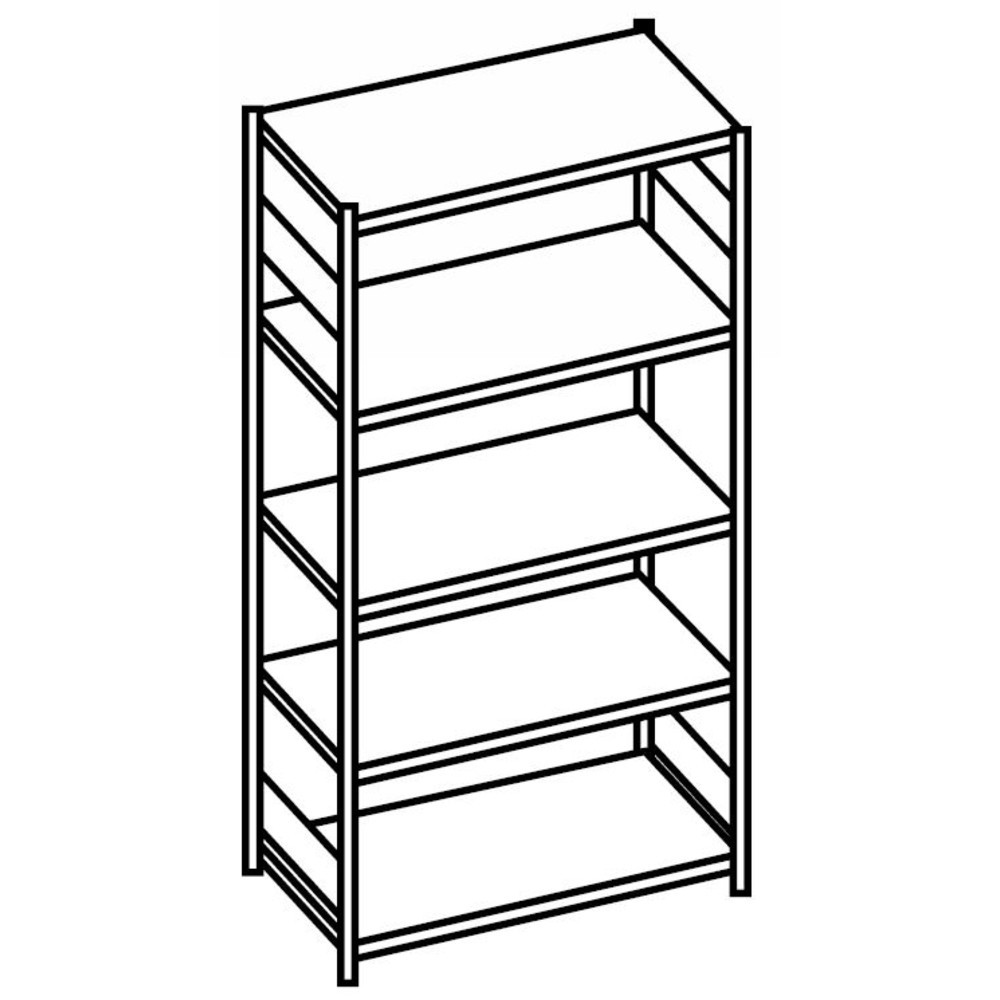
|
|
|
Add-on bay 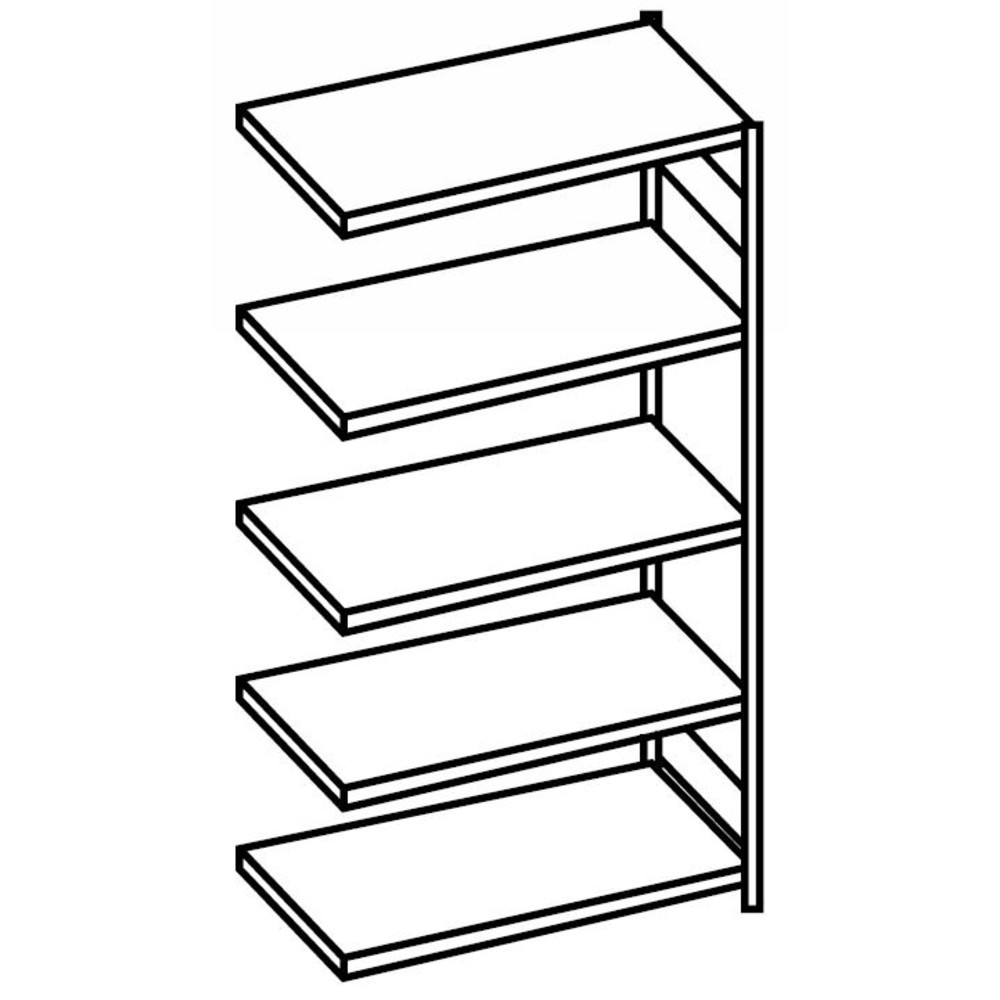
|
|
|
Load capacity
The load capacity of shelf racks depends on the material thickness of the shelves, the material of the upright and the strength of the connecting elements. The base and add-on shelves are usually made of robust, galvanised steel. Shelves made of tubular steel or galvanised quality sheet metal can withstand even heavy loads, provided the load is distributed evenly.
Additional features such as beams, diagonal bracing on the back or steel panels on the shelves can further increase the load-bearing capacity of warehouse racking. You can determine whether your desired shelving unit has the right load-bearing capacity using two values:
- Shelf load: The maximum permissible weight with which a single shelf or a continuous shelf level can be loaded.
- Bay load: The permissible maximum weight with which the entire shelf bay (basic or add-on bay) can be loaded (without its own weight).
Please note: The permissible bay load may be less than the sum of the individual bay loads. Nevertheless, the specified maximum bay load must not be exceeded. Therefore, always include both values in your purchase decision.
Shelf racking system
Racking is available as both bolt-on and boltless shelves with plug-in systems. The great advantage of both versions is that they can be assembled comparatively quickly and easily extended with matching add-on bays, shelves, and other accessories. Nevertheless, when choosing a suitable shelving unit, it may make sense to choose one of the two assembly systems:
| Assembly system / parameters | Assembly | Bracing | Suitable for |
|---|---|---|---|
| Bolting system |
|
|
|
| Plug-in system |
|
|
|
Regardless of the assembly system, all warehouse storage racks have punched holes in the frame elements so that shelves can be inserted in 25 mm increments. So, although bolt-down shelving offers less flexibility in terms of conversion options, shelves can still be adapted to the stored goods.
Access
The warehouse shelf racks available from our shop can be set up with one-sided or two-sided access to stored goods. Depending on the goods to be stored, the storage strategy and the size and division of the storage space, both or only one of the access options can be useful:
| Access / parameters | Set-up | Shelf rack system | Applicable for storage strategy |
|---|---|---|---|
One-sided access 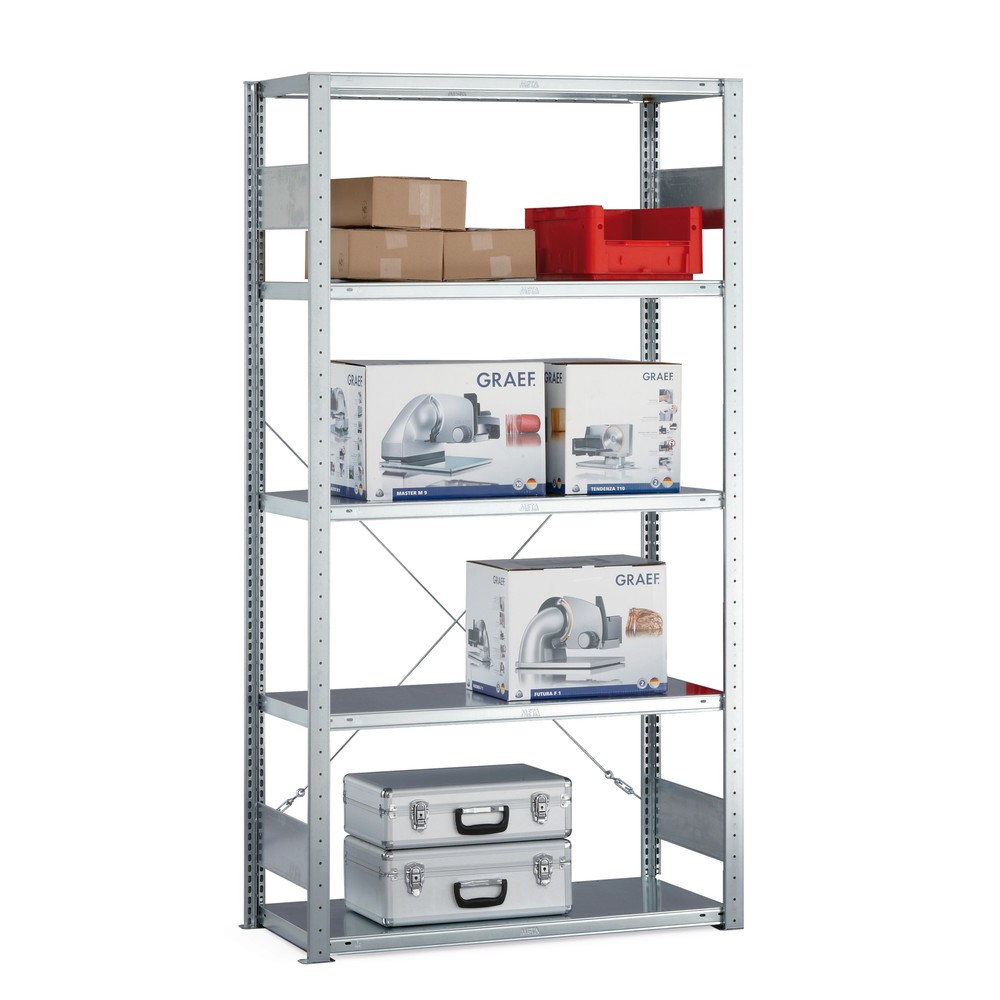
|
|
|
|
Access from both sides 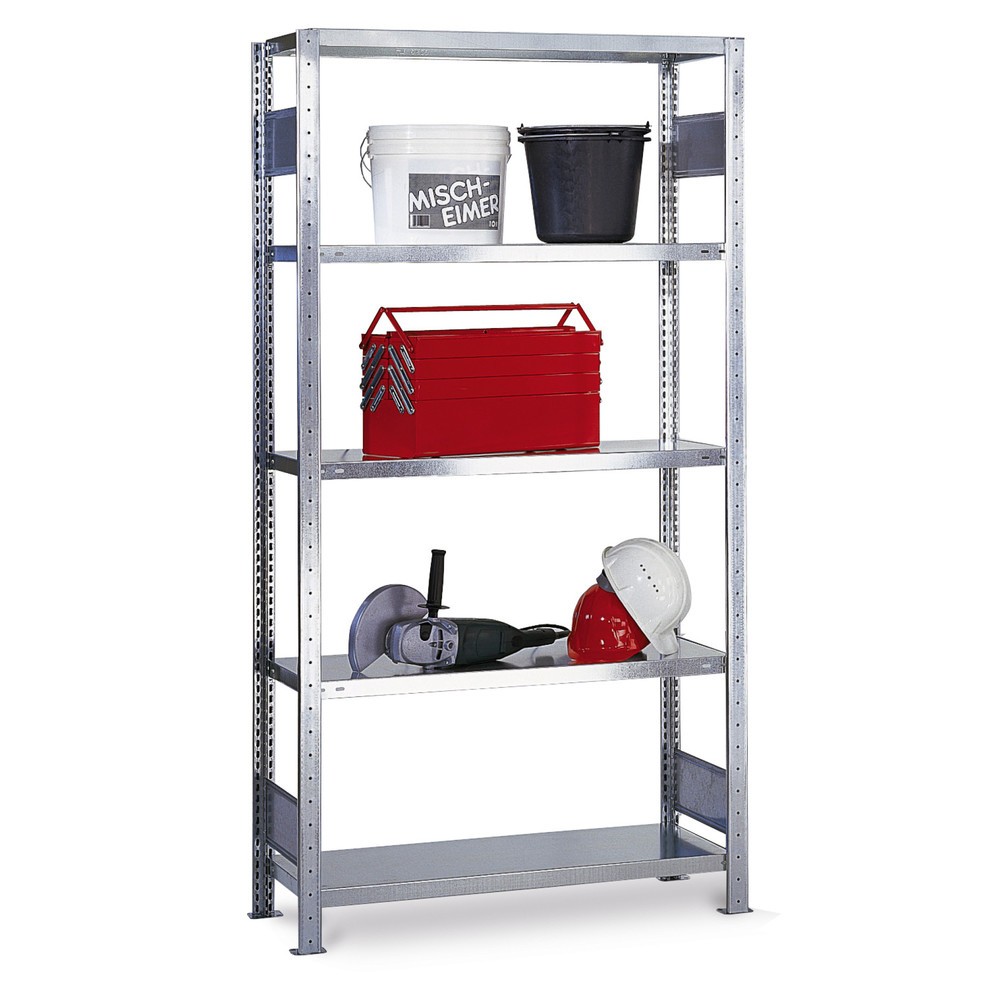
|
|
|
|
Accessories
The warehouse storage shelves in our range are ready for use immediately after assembly. However, with our rack accessories for shelving units, you have a wide range of options for adapting your warehouse storage to suit your industry. You can supplement your storage shelving with:
- Wall and floor mounting: Mounting shelves increases the stability of the shelving
- Shelf dividers: The shelf racks can also be used as complex storage systems for different goods
- Shelving accessories for heavy-duty shelving: Label holders, signs and other labelling options help you keep an overview, especially in large warehouses
- Shelves for shelving systems: With additional shelves, you can expand the storage space within the shelving system - without having to increase the floor space. However, always observe the permissible bay load of the shelving. Suitable shelves are displayed with each shelving unit in the shop
- Storage bins: Open fronted storage bins, mesh baskets or stacking bins allow you to make optimum use of the space per shelf compartment and protect the stored goods from dust, dirt, or moisture
Under certain circumstances, it may also be required by law that warehouse racking solutions must be equipped with impact protection. We offer various impact protection products for different shelf legs and corners.
3. FAQ for shelf racks
Heavy duty warehouse shelving is very flexible and therefore suitable for various storage strategies. However, it is ideal for storage according to the first-in-first-out principle (FIFO) or the last-in-first-out principle (LIFO). Whether the shelving is suitable for LIFO or FIFO depends on the structure. Shelving with one-sided access is filled in such a way that the goods stored last are also removed first (LIFO). Shelving with double-sided access enables storage according to the FIFO principle, where goods are stored on one side and removed on the other.
The shelf load of a shelf rack indicates how high the maximum weight load of an individual shelf may be - provided that the stored goods are evenly distributed. In contrast, the bay load indicates the maximum weight with which the entire shelf can and may be loaded.
Depending on the design, shelving units are either bolted or plugged together. With the screw system, all parts are firmly screwed together. In the case of shelving with boltless shelves in a plug-in system, all parts are simply plugged into each other. This allows greater flexibility and, if necessary, quick dismantling or conversion. Regardless of the assembly system, shelving units consist of a basic section (consisting of frame and shelves) which can be extended with add-on sections if required. In this way, entire rows of shelving can be put together depending on the available space.

